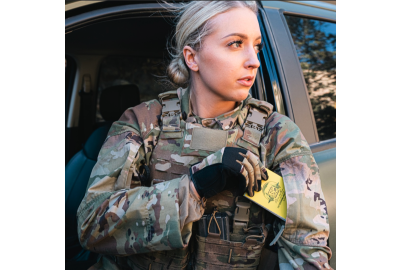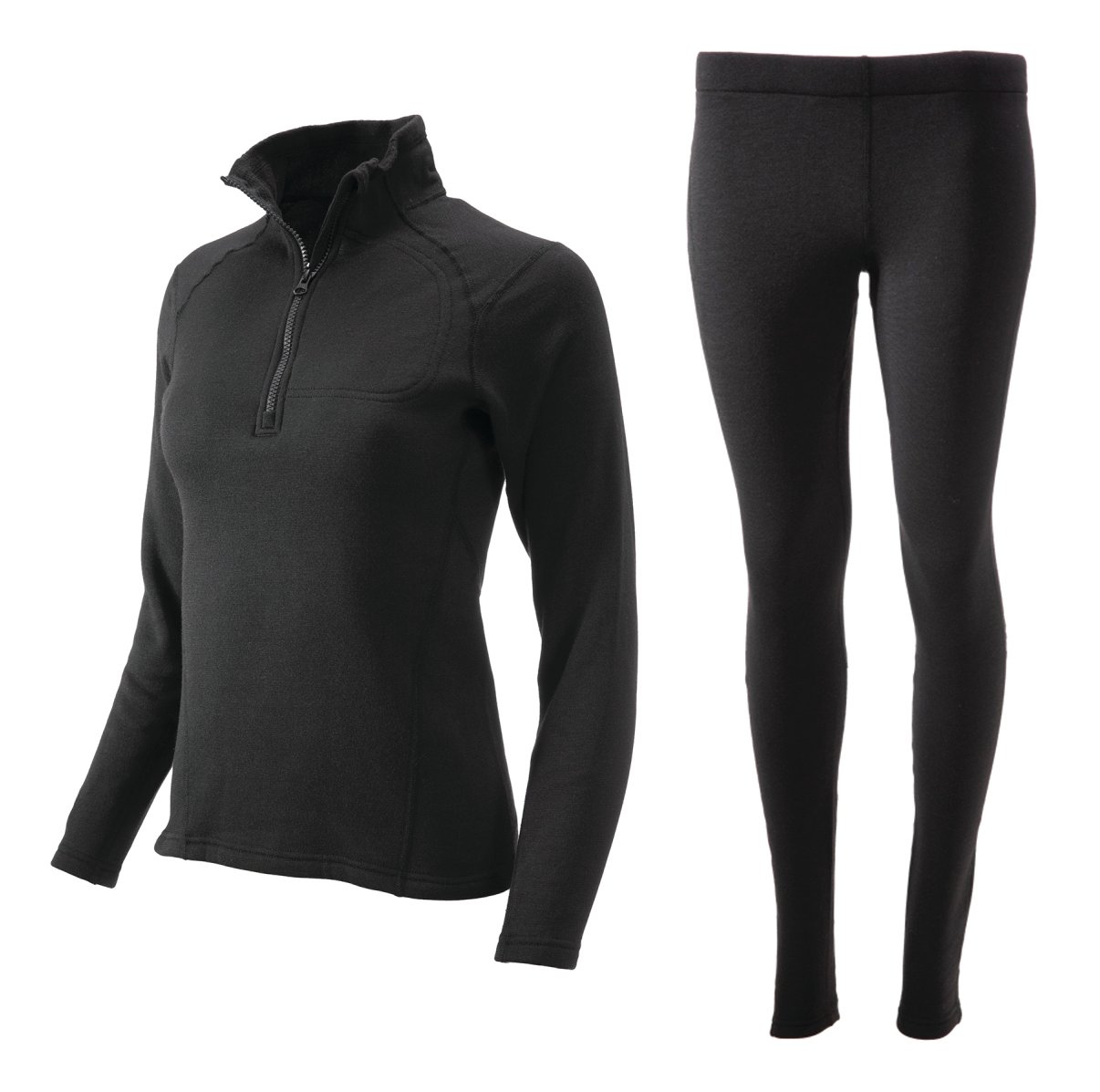In the military garment manufacturing industry, Massif stands out not just for its unwavering commitment to quality and safety but also for its dedicated focus on producing flame-resistant (FR) clothing tailored for women.
This nuanced approach sets Massif apart in an industry where the norm is often unisex or male-centric fits. Understanding the needs of female military personnel, law enforcement officers, and first responders, Massif has championed the cause of designing women's fit military FR garments that truly cater to their unique needs.
The importance of a dedicated women's fit versus a unisex fit cannot be overstated. A well-fitted garment can be the difference between comfort and distraction, between mobility and restriction, and in some cases, between safety and vulnerability.
Women's bodies have distinct contours and proportions that a unisex garment, which is typically based on male anatomy, might not accommodate adequately. When the fit is off, it can create pockets or gaps, compromising the protective integrity of the garment.
In high-stress, high-risk professions, this lack of fit can become a significant hazard. For instance, ill-fitted FR clothing might not offer comprehensive protection against flash flames, leaving areas of the skin exposed or less shielded.
Moreover, comfort plays an integral role in performance. For women serving in the military, law enforcement, or as first responders, a garment that doesn't fit right can become a persistent distraction, impeding their ability to focus on critical tasks.
By designing clothing that caters to women, Massif ensures that these brave professionals can operate at their best, unhindered by the discomfort of ill-fitting garments.
Featured Women's Fit Garments
Inversion Lightweight and Midweight Base Layers (FR) - Women’s Fit
Presenting the Massif® Inversion Lightweight and Midweight base layers, tailored specifically for women and crafted using an avant-garde tri-blend yarn system. This ensures top-notch performance across various conditions.
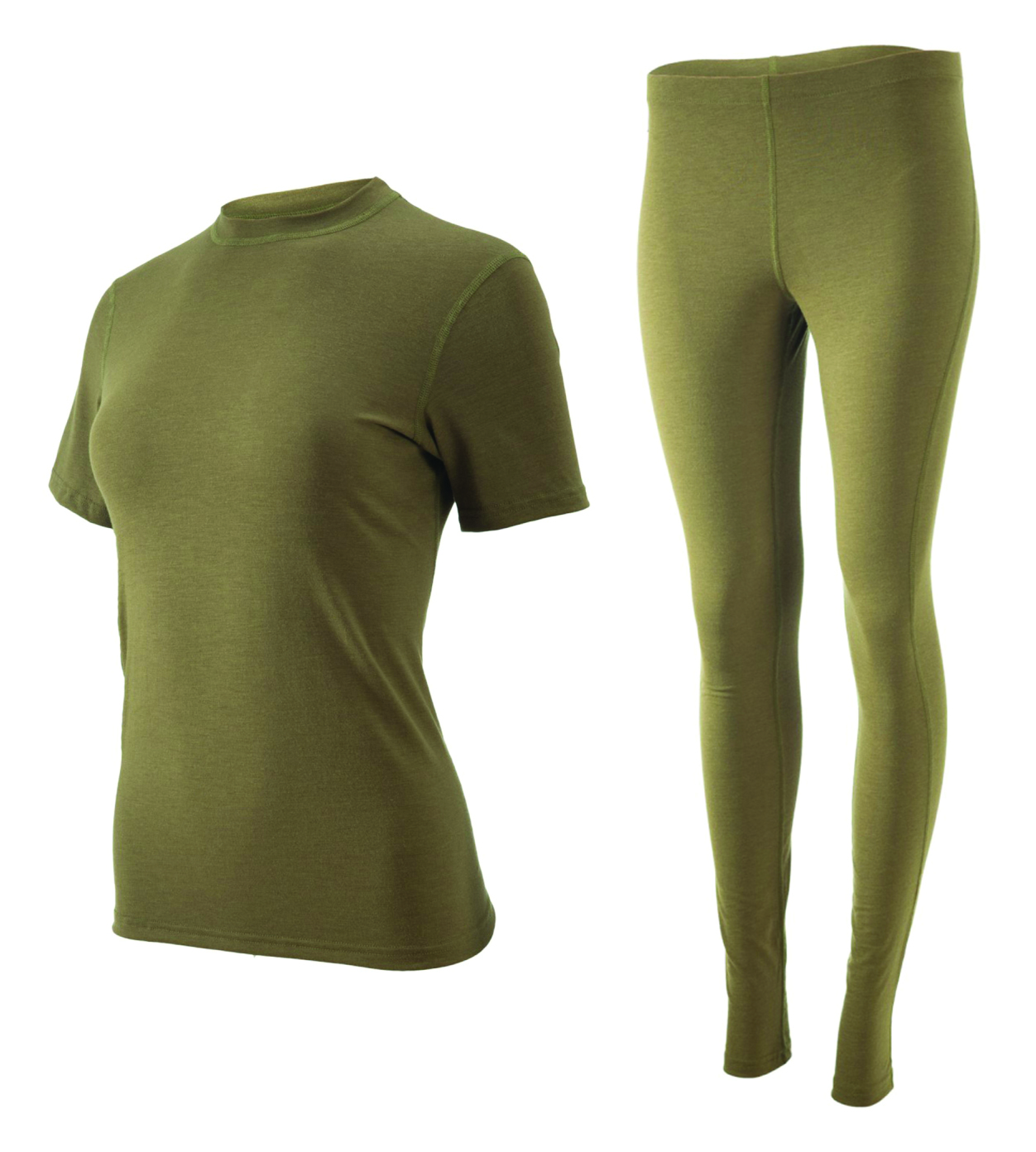
Enhanced with spandex, this unique blend guarantees an impressive range of motion, unmatched comfort, and ensures the garment retains its shape after washing, with no more "bag outs."
Its state-of-the-art moisture-management system swiftly removes sweat, facilitating rapid drying. Perform at your best in its supreme breathability and keep your focus sharp with this groundbreaking garment.
FLAMESTRETCH® Garment Family (FR) - Women’s Fit
The Flamestretch® 1/4 Zip Pullover is now presented in a specialized fit tailored for women, ensuring precise sizing and enhanced ergonomic comfort.
This pullover represents Massif's pinnacle in thermal layering.
Strategically constructed to function as an insulating layer over the Cool Knit™ and/or HotJohns® layers, the Flamestretch™ fabric offers superior breathability and simultaneously captures heat, ensuring optimal warmth and comfort for the user.
The Flamestretch® Pant, now tailored with a women-specific fit and sizing, ensures a heightened level of ergonomic comfort and functionality.
Representing the pinnacle of Massif's thermal layering offerings, it's engineered to serve as an insulating layer atop the Cool Knit™ and/or HotJohns® garments. The Flamestretch™ fabric optimizes breathability while proficiently retaining heat, guaranteeing user warmth and comfort.
Integrated with the esteemed DuPont™ Nomex® brand fiber - the pioneering flame-resistant fiber selected for military uniforms - Nomex fibers undergo a carbonization and thickening process upon encountering the intense heat of a flash fire.
This results in the creation of a protective barrier, effectively reducing or averting burn injuries. For operations in colder terrains, the Flamestretch fabric emerges as the preferred selection.
ADVANCED QUARTER ZIP COMBAT SHIRT (FR) - Women’s Fit
Building upon the achievements of its predecessor combat shirts, Massif presents the Advanced Quarter Zip Combat Shirt (FR), meticulously designed with features that cater to varied operational scenarios.
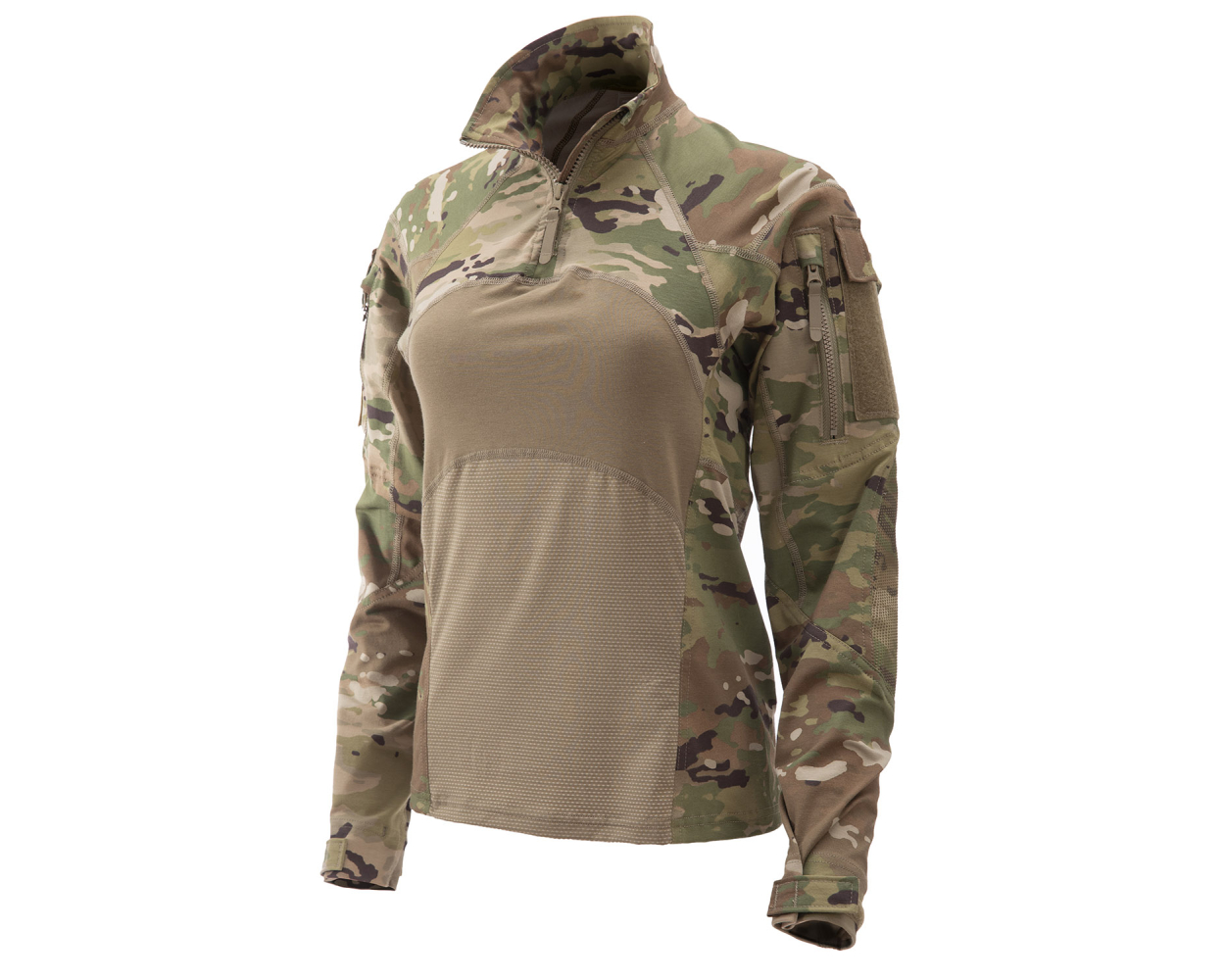
The inclusion of a quarter-zip neck and internal elbow pad pockets offers adaptability tailored to mission specifics. Fusing this with a streamlined design and breathable, lightweight, durable FR fabrics, the Advanced Quarter Zip Combat Shirt sets a contemporary benchmark for FR combat attire.
Moreover, the introduction of an alternative tailored fit ensures a superior fit and enhanced functionality for female personnel. Endorsed by NAVAIR in shades of Sage Green and Tan.
2-Piece Flight Suit Jacket and Pant - Women’s Fit
Following years of rigorous development, informed by comprehensive feedback spanning multiple military branches and platforms, we proudly present our advanced 2-Piece Flight Suit Jacket - Military - Women's Fit. This design underscores our dedication to enhancing the prowess of contemporary aviators and aircrew through distinct, state-of-the-art features that set our garments apart.
We've integrated a proprietary patented attachment system, fostering enhanced flexibility between the jacket and pant, yet maintaining crucial protection during flash events. The incorporation of mesh-lined pockets accentuates the jacket's proficiency in mitigating heat stress while ensuring swift drying – a testament to our commitment to elevating garment comfort.
Produced entirely in the U.S., our 2-Piece Flight Suit Jacket - Military Women's Fit is proudly Berry Compliant. Encompassing precise seam alignment, user-friendly donning & doffing zippers, resilient nylon ripstop fabric, and a tailored athletic fit, we have redefined the very paradigm of flight suits. Specifically for the Air Force, this rendition is available in OCP.
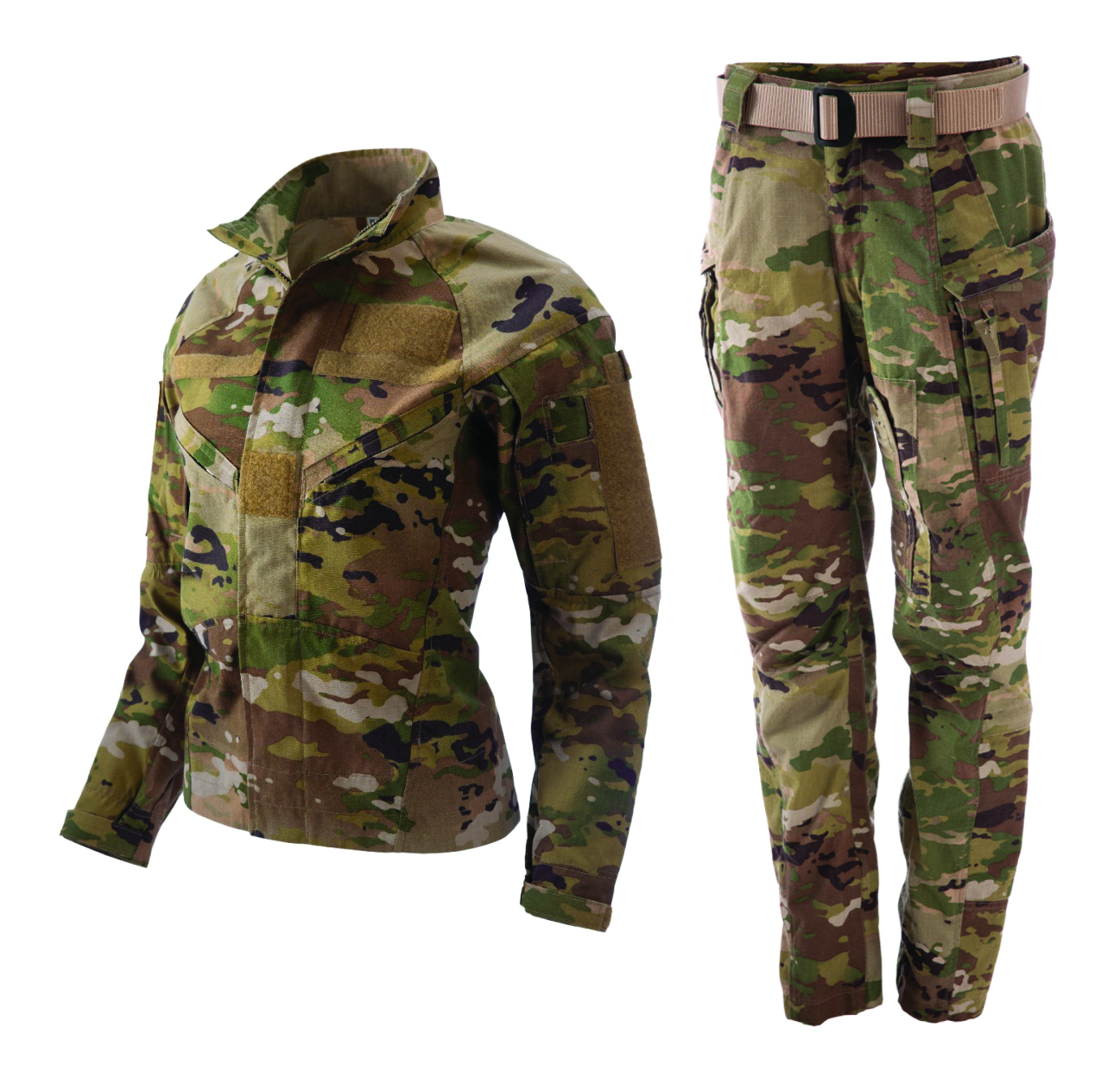
After years of meticulous development informed by extensive feedback from users across various military branches and platforms, we introduce our innovative 2-Piece Flight Suit Pant-Military in a Women’s fit. This piece is a testament to our commitment to augmenting the capacities of today's aviators and aircrew with groundbreaking design features exclusive to our line.
A distinctive patented attachment system has been integrated, enabling seamless flexibility between the pant and jacket, whilst ensuring vital coverage during flash events. The incorporation of mesh-lined pocket designs elevates the garment's ability to mitigate heat-stress and expedites drying, redefining comfort in flight suits.
Our 2-Piece Flight Suit Pant-Military, crafted specifically with a women’s fit in mind, takes pride in its 100% U.S. manufacturing, ensuring Berry Compliance. With precise seam positioning, easy donning & doffing zippers, robust nylon ripstop fabric, and a contemporary athletic fit, we have re-envisioned the very essence of flight suits. This revolutionary garment has earned the endorsement of NAVAIR, making it authorized for use within the U.S. Navy and U.S. Marine Corps.
For a look at our complete line of women’s fit garments, visit https://www.massif.com/women.html.
Q&A With Massif's Design & Development Team
The Head Apparel Designer at Massif can geek out on technical fabrics or self-healing zippers with the most entrenched gearheads. The enthusiasm for the materials she uses to build Massif technical apparel is notable. However, the Design & Development team gets downright electric when talking about the creative ways they solve the complicated fit issues facing a designer building garments for such a wide variety of bodies represented in the Armed Forces. We caught up with The Design & Development department to speak about what Massif is doing to ensure their women’s gear delivers the same sterling performance in the field as its male counterparts.
Big Voice (BV): What was available to female Armed Service Members before companies began focusing on making uniforms that fit women well? 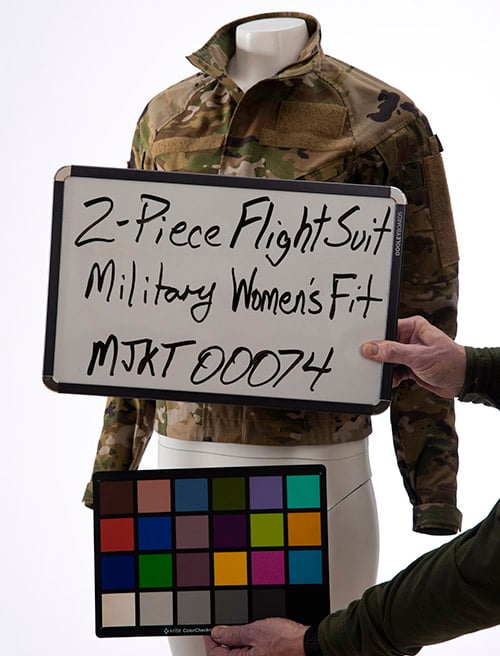
Massif: It was typically: “you are going to wear a men’s extra small.” One, that’s uncomfortable. You have constraints—things don’t fit the same and are baggy where they aren’t supposed to be or too tight in certain areas. If I am correct, some of that can affect injuries, too. There was a considerable problem with plate carriers, for example, because where things sit for a man’s body, if you place them on a woman, those vital areas aren’t always covered properly.
BV: Why does Massif invest so many resources into the fit of their gear for women?
Massif: We strongly believes it was an important thing not just to protect one person but to protect everybody. We make an effort to make women’s specific fit and not only have really small men’s fits because it doesn’t fit the same. We want to make sure everyone is protected, not just one group.
BV: What is the most challenging part about developing women’s specific fits for Military uniforms?
Massif: The trick with women’s garments is that we want full comfort and protection and support the way you exactly would for the men’s. It is striking a fine line between aesthetically making someone look other—going too hyper-feminine or also downplaying the fact that this is still a woman who wants to feel good in her body. It is striking this middle ground of giving the same aesthetic and same appeal and still making sure it is meant for someone who has curves and also making sure that all of the VELCRO® is in the right place—even on a women’s extra small shirt. It’s also making sure everything looks as uniform as possible, even in the most extreme sizes.
BV: What performance considerations do you bring into women’s fit?
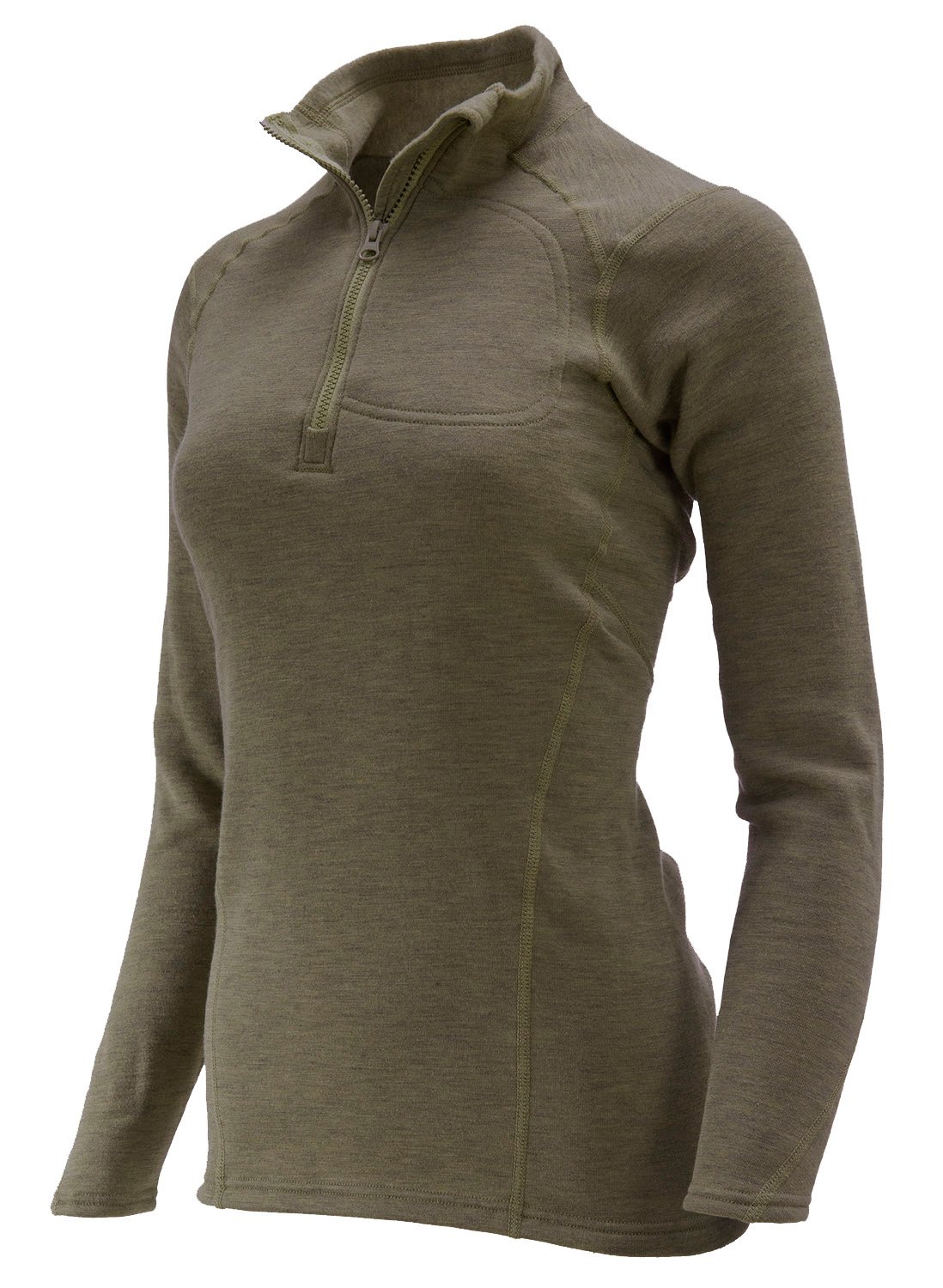 Massif: A lot of what we will do—for both men and women—is to think about how they will move during their day in their clothing. Our clothing is not meant just to look nice. A lot of what we do is minimal adjustments, but those adjustments are to make sure that it fits comfortably and correctly on the body. In a line-up, you might not physically see what those differences are. It should look the same as the men’s, but we might be able to tweak something just a little bit, so the ergonomics are there, and something should be able to fit properly with the right amount of spaces and shapes. Making sure everything flows together properly over the course of the day, so it is effortless, and they do not have to mess with things or fiddle with something. At the end of the day, in the military, the last thing you need to be dealing with is your clothing. That should be the most effortless part of your day.
Massif: A lot of what we will do—for both men and women—is to think about how they will move during their day in their clothing. Our clothing is not meant just to look nice. A lot of what we do is minimal adjustments, but those adjustments are to make sure that it fits comfortably and correctly on the body. In a line-up, you might not physically see what those differences are. It should look the same as the men’s, but we might be able to tweak something just a little bit, so the ergonomics are there, and something should be able to fit properly with the right amount of spaces and shapes. Making sure everything flows together properly over the course of the day, so it is effortless, and they do not have to mess with things or fiddle with something. At the end of the day, in the military, the last thing you need to be dealing with is your clothing. That should be the most effortless part of your day.
BV: You used to design apparel for [women’s athletic wear brand] Athleta, is there any crossover between what you learned there and how you look at women’s fit at Massif?
Massif: I think the biggest crossover is just being aware of fit. When you are in an athletic space—I feel like our end users are to the enth degree. As much as I would love to say there is a lot of crossover, the reality is there is a lot of spandex in the athletic industry—you don’t get to do that and be FR. It is an exciting challenge because you need to give the same, or as close as possible, level of comfort that you are getting in the athletic industry without using any of those materials. You can’t use spandex, and you can’t use power mesh; you can’t use any of these things that really are the guts of what you have in all of these women’s athleisure brands but still trying to provide the same thing so when someone goes to work they feel just as comfortable and just as confident. That is an intense challenge.
BV: Can you tell me about a time when you had to use a lot of creativity to sort out a women’s fit problem?
Massif: All the time! Trying to figure out how to get an extra small women’s garment and not sacrifice all of that garment’s usability was a very intense challenge. We had to move very complicated things around. As a group, we had to dive deep, and problem solve because the women’s extra small needed not to end up with these unusable pockets when the male counterparts got to have everything. The smallest size on the women’s fit is the most challenging. How to keep and scale the features and usability, so you don’t end up with your pocket in your armpit, is another challenge. You are trying to get as much room as possible, but you just run out of space. Name tape is a big one, too. Making sure all of the name tape is nice and visible without overlapping seams. We try hard not to overlap seams with our name tape because we want that clean, crisp look. Sometimes it isn’t possible, but we strive for it. How do you have all of that usability with a lot less space? What the women put in the pockets is the same as the men. It is the same sized stuff. 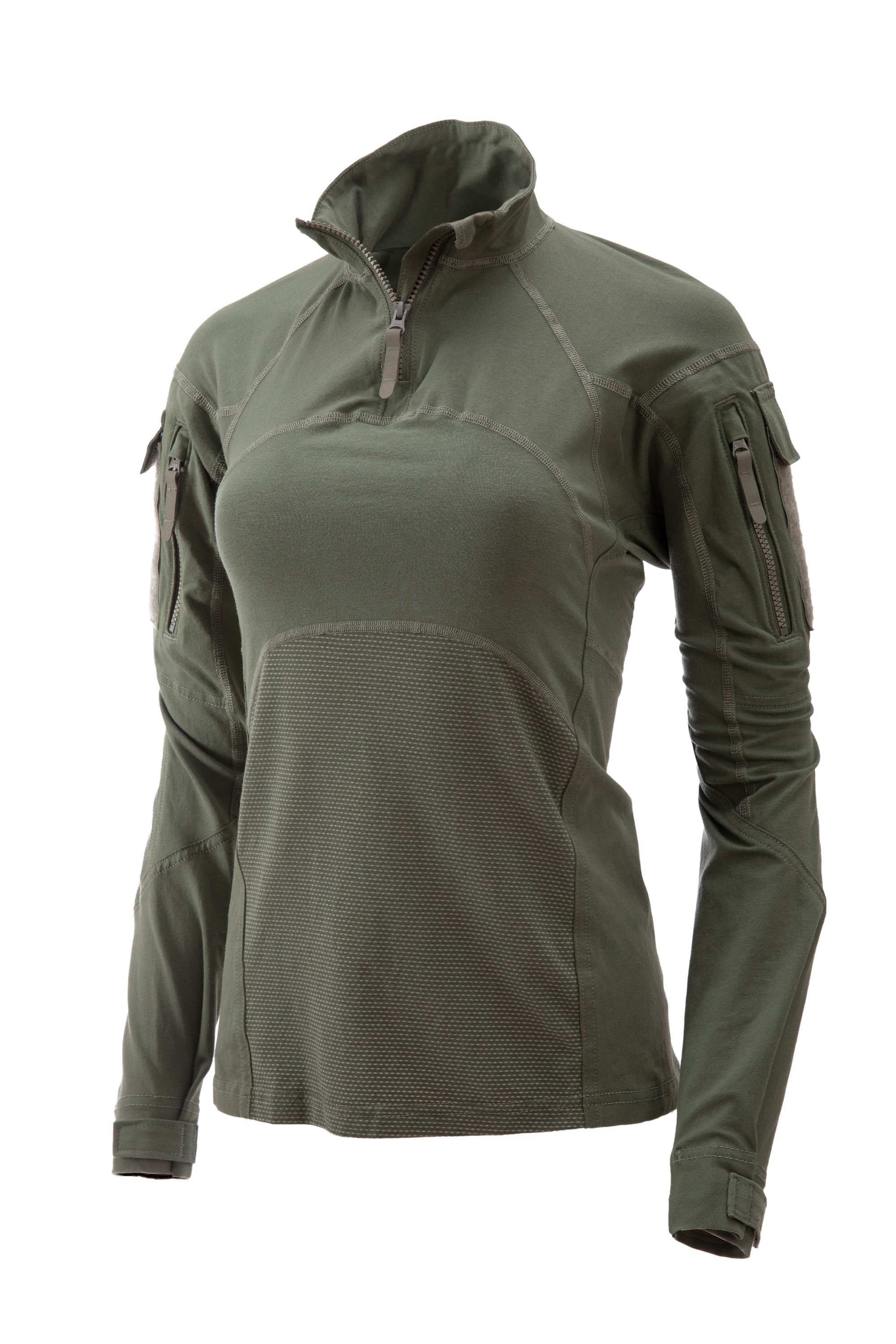
BV: We talked about this earlier, but it does seem like a lot of work and consideration. Why is women’s fit so crucial to Massif?
Massif: It’s because we care about everybody. That is the way to think about it. It is essential that everyone is protected, period. That’s what we care about. We care about the end-user and that they are coming home safe and as safe as we can make them. It is pretty cut and dry when you think about it that way as far as making those kinds of decisions.
Conclusion
Massif's dedication to producing women-specific FR garments is not just a nod to inclusivity but a testament to their commitment to safety, performance, and the well-being of all who serve.
That forward-thinking approach in this domain underscores the brand's reputation as an industry leader, always striving for excellence in every facet of its offerings.

